Bamboo has been just about the most popular flooring selections available on the market. The two primary types of bamboo flooring could be classified as solid flooring and engineered flooring. Due to these characteristics the acceptance of bamboo has cultivated tremendously in recent years. Bamboo flooring also has anti moisture features, which makes it quite hard to be penetrated by water or maybe some additional liquid.
Light Colored Bamboo Flooring

When compared with other hardwood flooring sorts, bamboo is also difficult if not harder. Of the latest in state-of-the-art manufacturing approach, bamboo floors gets the strength, durability and unparalleled resistance to insects, mildew and fire retardation associated with only bamboo wood flooring. Bamboo is actually water and moisture resistant and it is an excellent flooring selection for kitchens as well as dining rooms.
Strand Woven Bamboo Flooring Natural Light Color
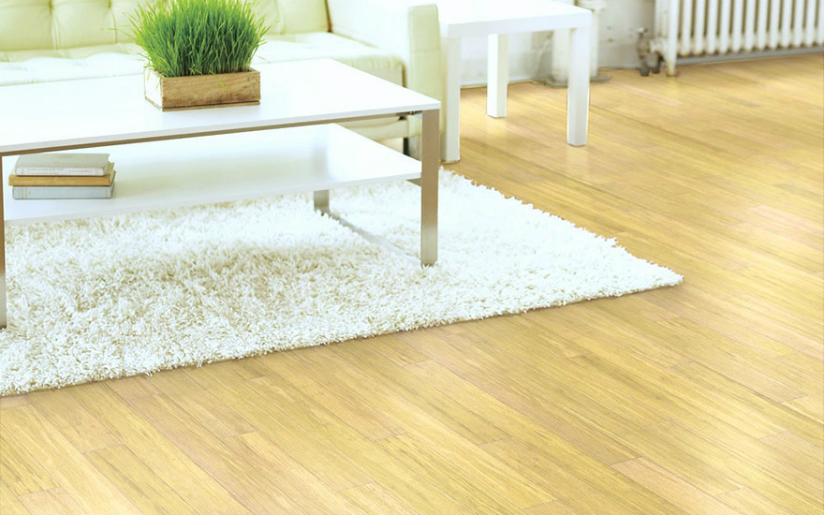
Do the research of yours just before you choose to buy your hardwood or bamboo flooring. Nonetheless, keep in mind that the longevity of bamboo flooring is dependent on the species of bamboo, the age of the plant when it was actually harvested, along with the process utilized to make the flooring. Bamboo is the fasting cultivating plant on Earth. With regards to installation, the superiority of bamboo is no exception; it's as simple to install as any other hardwood flooring type.
35 Bamboo Flooring Ideas With Pros And Cons – DigsDigs
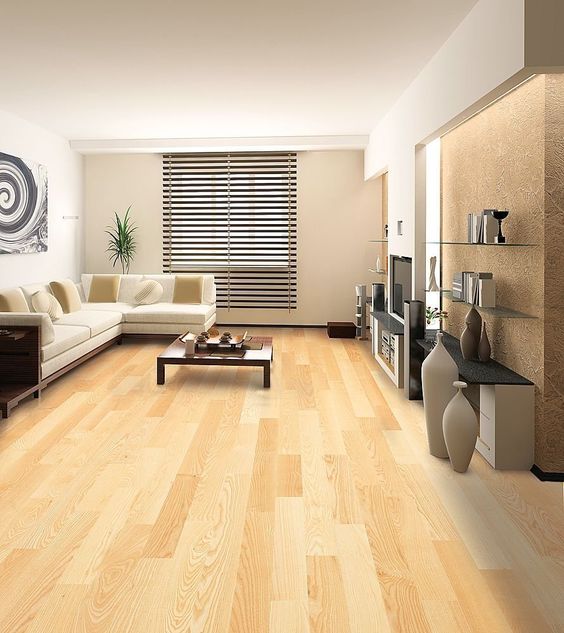
35 Bamboo Flooring Ideas With Pros And Cons – DigsDigs
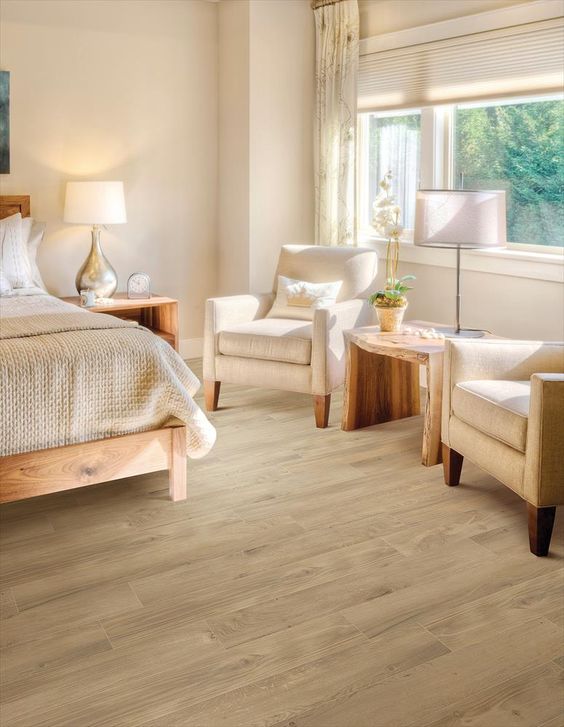
Home Legend Hand Scraped Strand Woven Mojave Bamboo Flooring, Light Brown – Floor Sellers
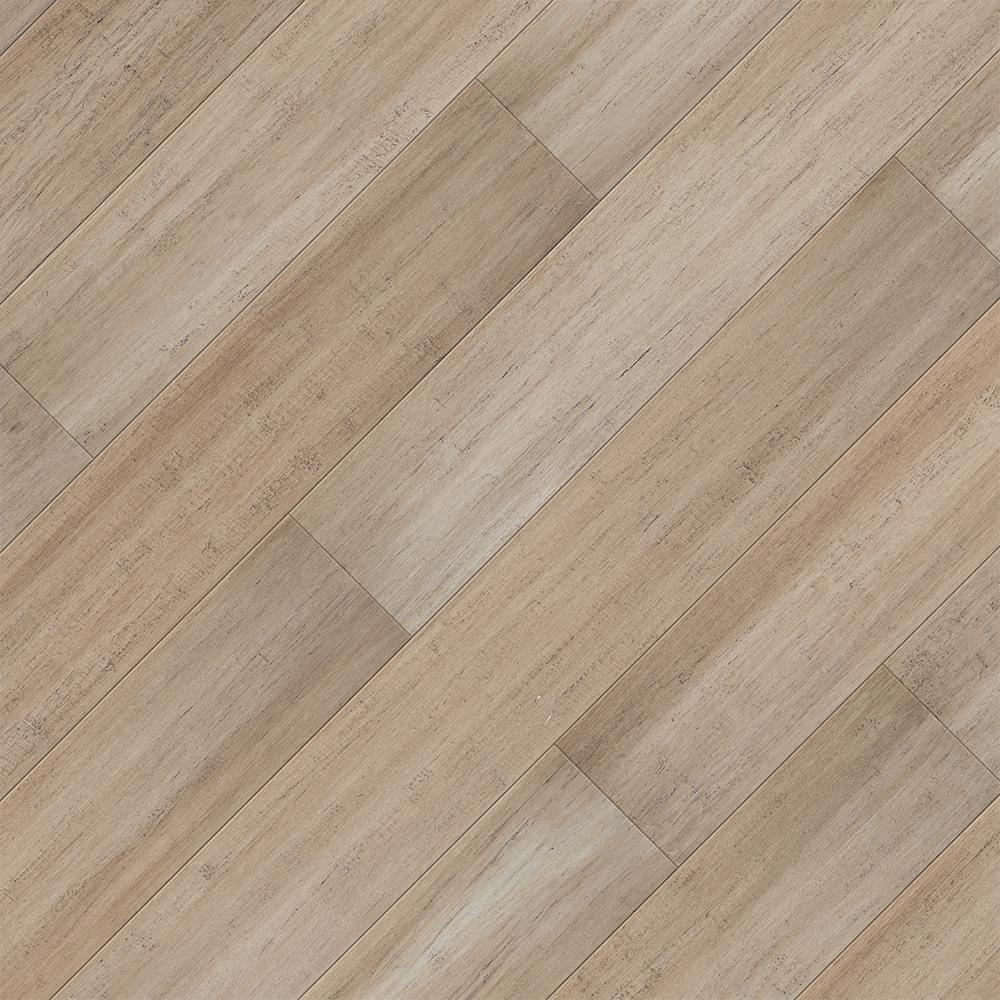
52 Perfect Bamboo Flooring Ideas For Your Home Light wood floors, Flooring options living room

85 reference of floor Bamboo light in 2020 Bamboo wood flooring, Bamboo flooring, Strand

Light coloured bamboo flooring is tough and very forgiving Bamboo flooring, Home, Home decor

35 Bamboo Flooring Ideas With Pros And Cons – DigsDigs
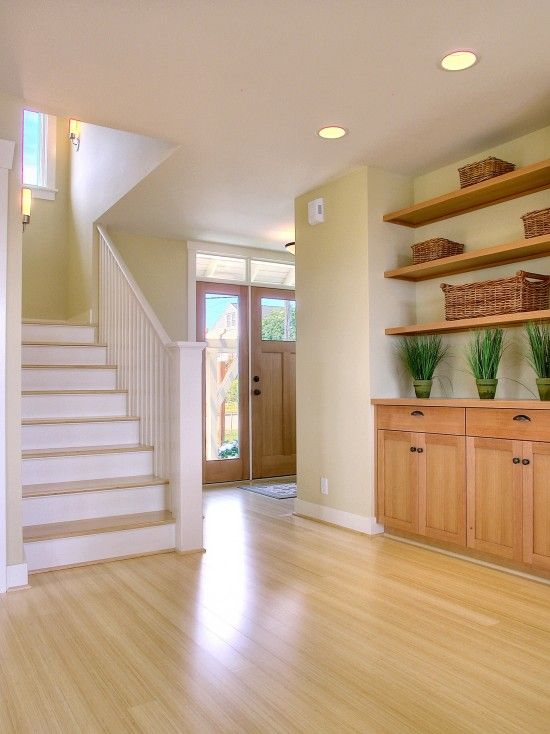
52 Perfect Bamboo Flooring Ideas For Your Home Wood laminate flooring, Bamboo flooring, Bamboo

Rustic Mist Floating Strand Bamboo Floor Eucalyptus Core
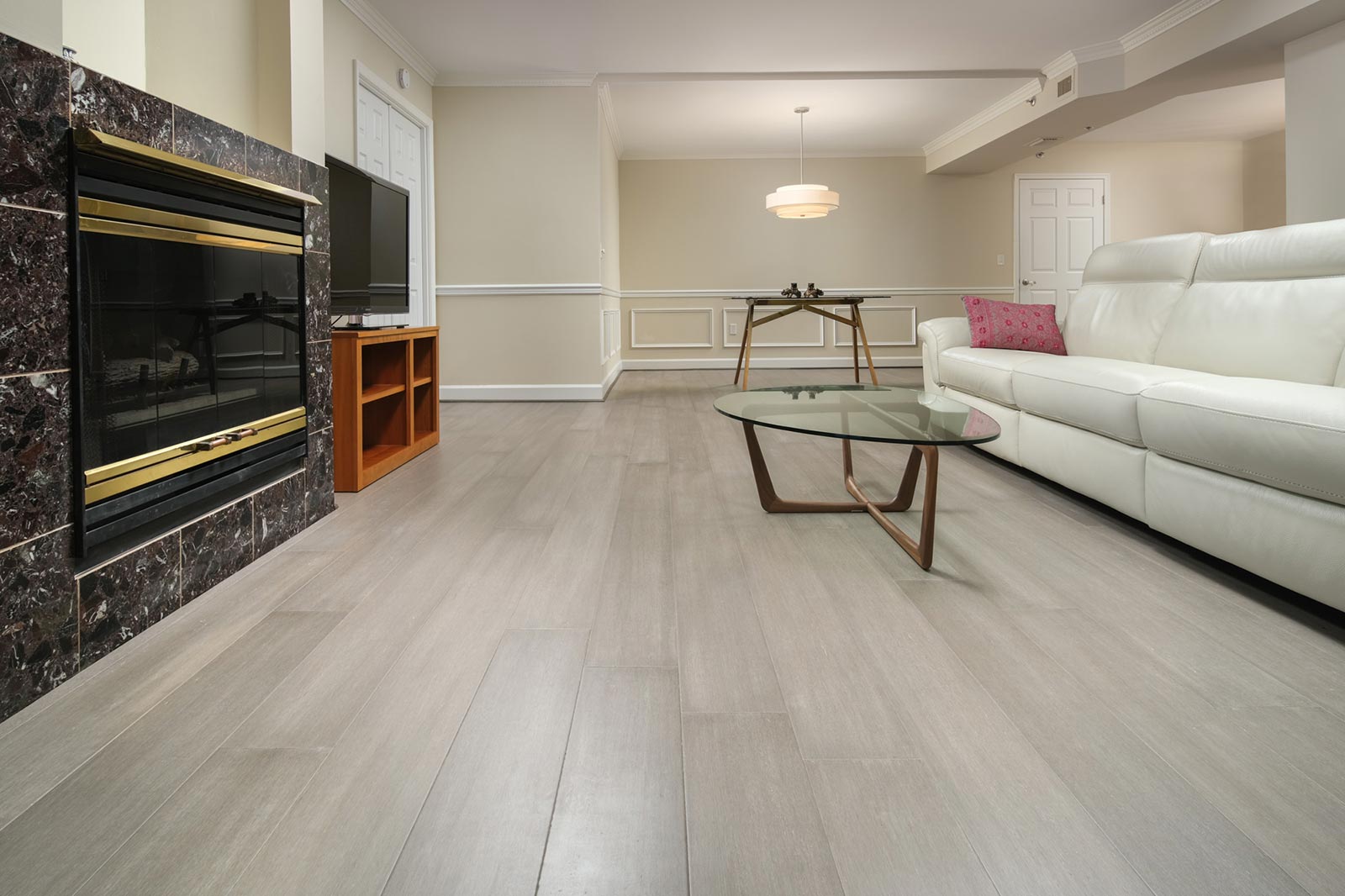
Embelton Bamboo Flooring ‘Beach House’ Like the light color, the slight variation in colors, and

10 Reasons to Love Bamboo Flooring

Bamboo Flooring Pros & Cons

New Engineered Strand Bamboo Flooring transforms the look of this house
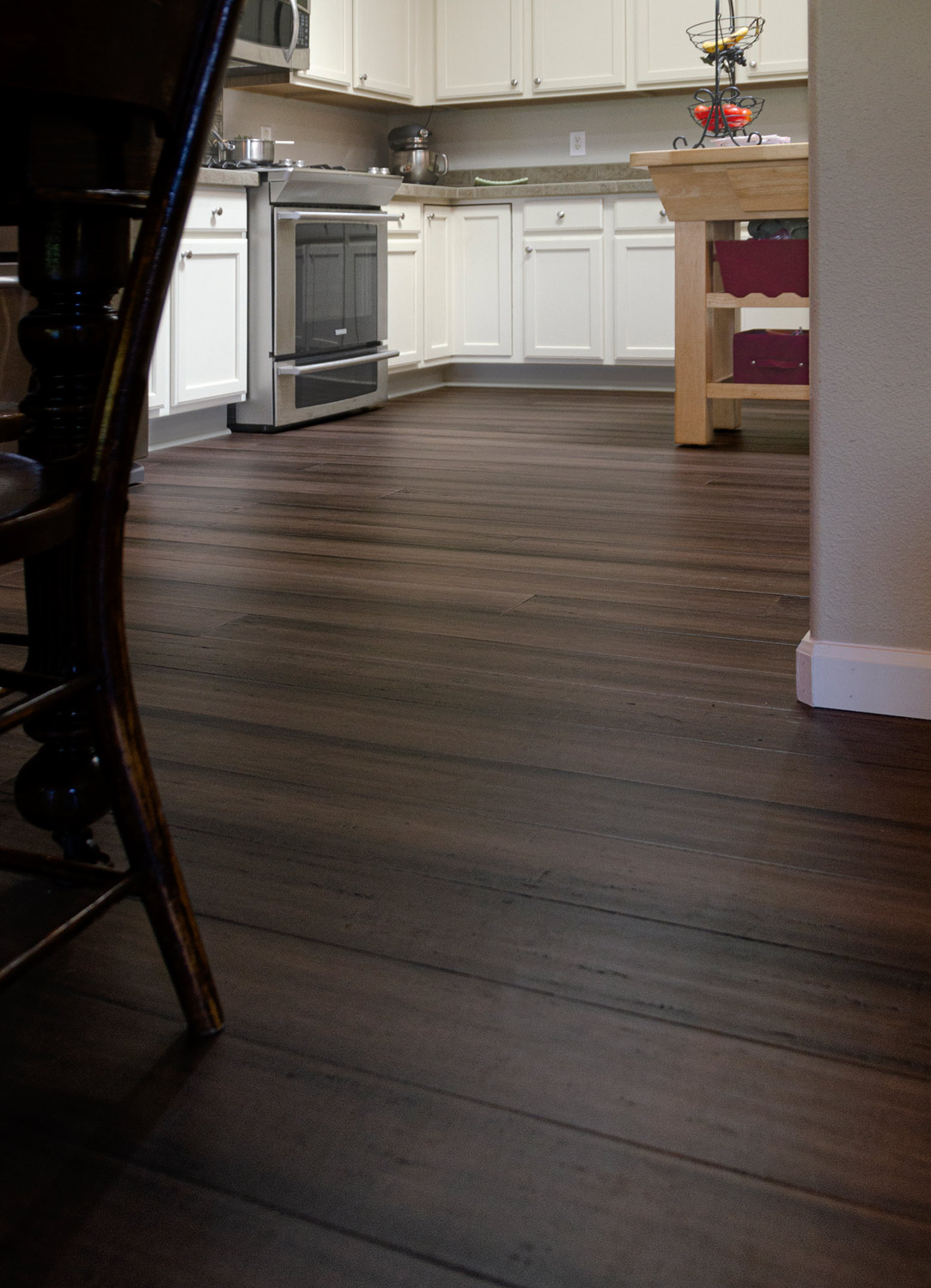
Related Posts: